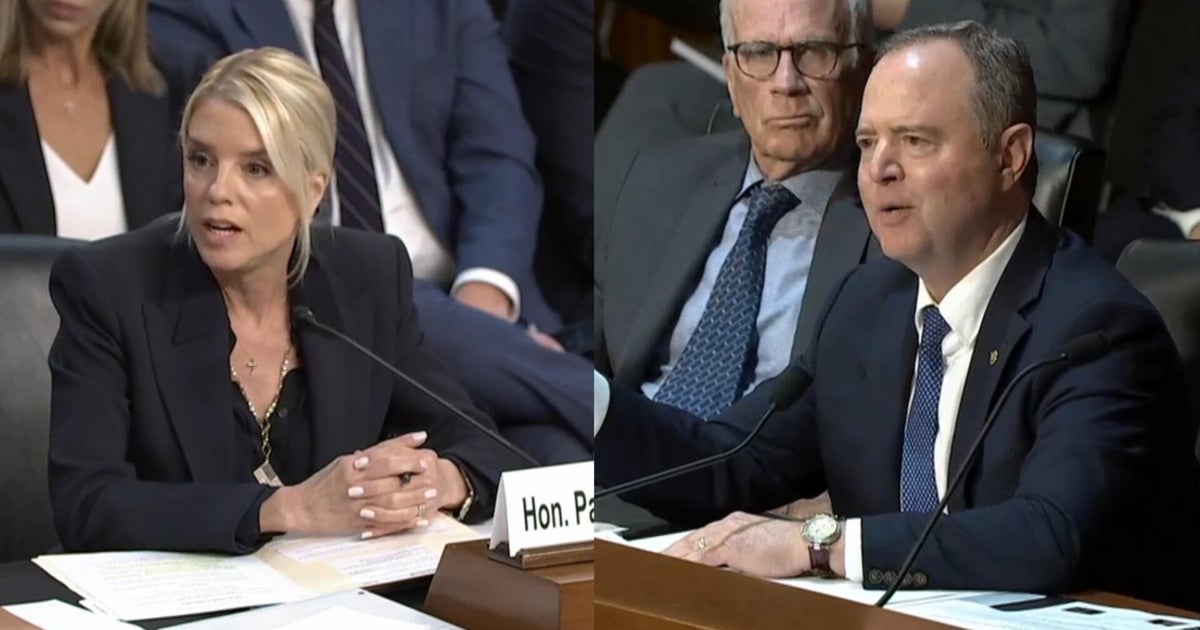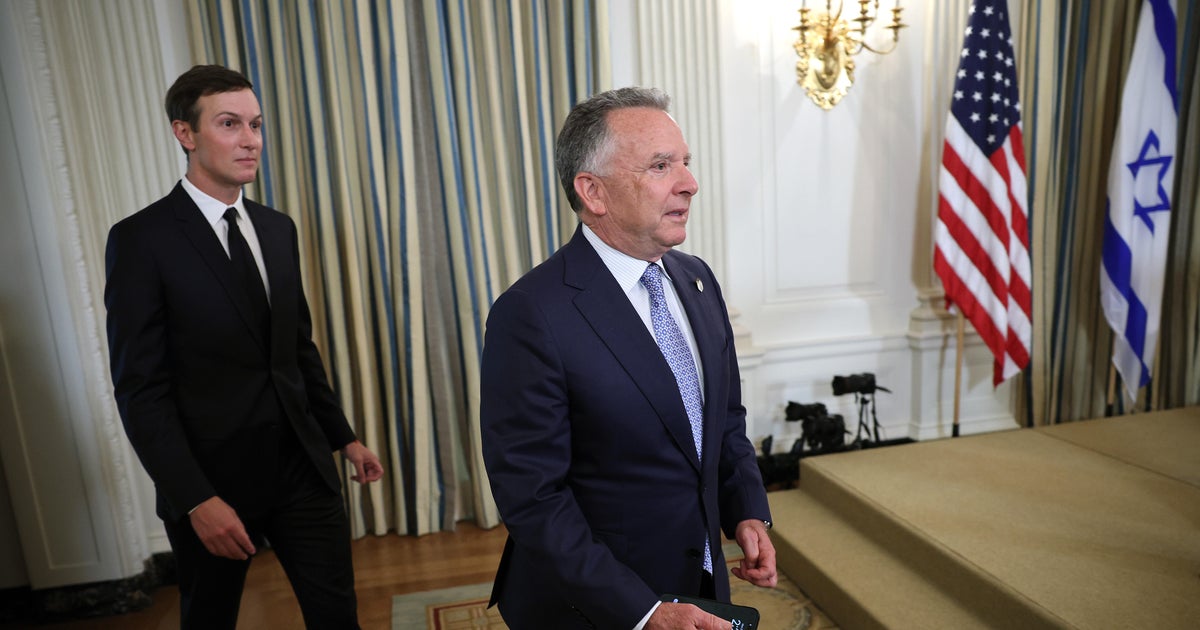Interest rate cuts have helped drive house values to record highs in almost every capital city across the country as Reserve Bank governor Michele Bullock warns it could take years to build enough new homes to meet strong demand.
As the RBA on Tuesday held interest rates steady, with signs it may only deliver one more rate cut over the next six months, data from Cotality revealed dwelling values rose 0.8 per cent in September or the equivalent of $18,215 on a median-priced home.

House values have risen to record highs across much of the country, driven in part by lower interest rates.Credit: Jessica Shapiro
In Sydney alone, house values increased 0.9 per cent to a record high of $1.55 million, up 5.5 per cent since the start of the year. In Melbourne, values rose 0.5 per cent to $953,454, an increase of 2.5 per cent since January.
In Brisbane, house values rose 1.1 per cent to be up 6.9 per cent this year, while Perth values increased 1.6 per cent to reach $895,089, and Canberra’s median house value jumped 0.9 per cent to $1.021 million.
Much of the increase has been since the Reserve Bank started cutting interest rates in February. Since then, it has lowered the cash rate to 3.6 per cent from 4.35 per cent.
Loading
Cotality research director Tim Lawless said rate cuts were combining with a dearth of supply and strong demand to push up house values.
“The 75 basis point cut to the cash rate has played a key role in supporting housing activity,” he said.
“Borrowing capacity has increased by around 7 per cent since the first rate cut in February, and lower interest rates have supported a lift in consumer sentiment, which is important for high-commitment decision-making.”
The numbers came after the Reserve Bank’s monetary policy committee held the cash rate steady.
Pressed during her post-meeting press conference on the impact of lower rates on the property market, Bullock admitted it was a “very difficult situation” but the bank’s focus remained on keeping inflation under control.
She said governments were now taking action to lift supply, but warned it could take years to have a real impact on the overall property market.
“I’ve said a number of times before the problem in the housing market is a structural deficit of supply. That is the problem,” she said. “Governments now get that, and you are seeing some action on that. But it’s going to be slow to work its way through. So it’s going to take time.”
The prospect of further deep cuts to rates ebbed after the RBA decision, with financial markets putting the chance of a cash rate at 3.35 per cent by year’s end at just 40 per cent.

RBA governor Michele Bullock.Credit: Alex Ellinghausen
Bullock said the economy was performing well, but the bank was taking out some insurance in case inflation pressures strengthened.
“I think the economy still is in a good spot,” she said.
“I mean, we have inflation basically in the 2-3 per cent range. The unemployment rate is holding at around 4.2 per cent. We expect it will drift up a little bit, but we still expect it to be relatively low compared with history.”
Monthly inflation data rose to 3 per cent in August, prompting some concerns about inflationary pressures.
Bullock warned that while the monthly data should be “taken with a grain of salt”, it suggested there were a couple of areas, such as in housing construction, where inflation may be a little higher than had been expected.
“So we’re just being a little bit cautious about that,” she said.
Treasurer Jim Chalmers said the decision was “not the outcome millions of home owners would have wanted”, while focusing on the three rate cuts since February.
“Interest rates have already come down three times in six months this year and that’s a very good thing,” he said.
But shadow treasurer Ted O’Brien said the government was to blame for the bank’s decision to leave rates on hold.
“This is a direct consequence of the Albanese government’s spending spree,” he said.
The bank did note that there were positive signs the private sector – led by consumers – was taking over from the public sector in supporting the economy.
The head of Deloitte Access Economics, Pradeep Philip, said that despite holding steady it was too early to declare the Reserve Bank had finished cutting rates.
He said while there were some economic “green shoots”, they were unlikely to “flower anytime soon”.
“To be clear, the economy is not overheating as some suggest to then argue that the RBA should delay or abandon rate cuts. In fact, the opposite is true,” he said.
“The reality is that with global growth a worry, Australia needs to get its fundamentals for growth right – more business investment, better risk appetite, more innovation.”
Cut through the noise of federal politics with news, views and expert analysis. Subscribers can sign up to our weekly Inside Politics newsletter.
Most Viewed in Politics
Loading


















































